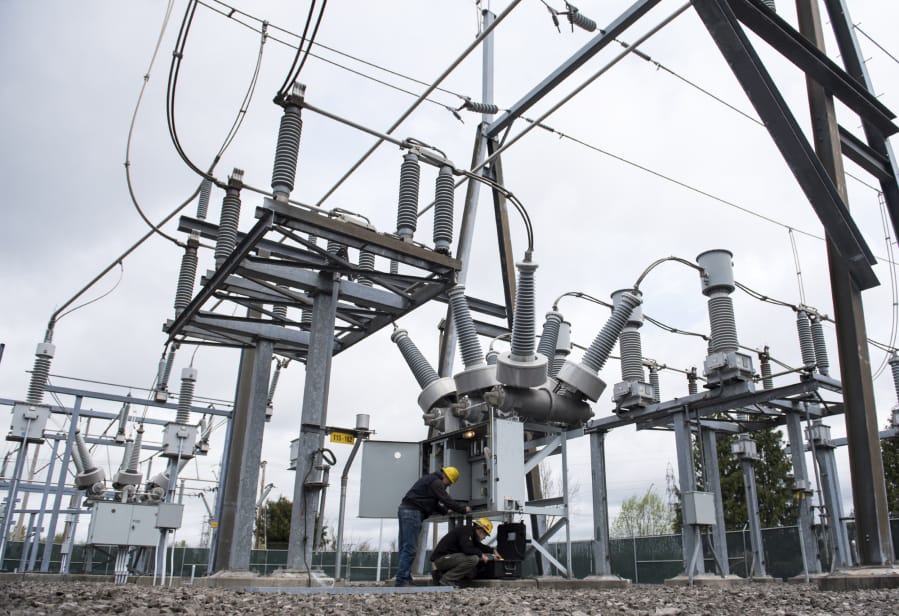Numerous utilities around the Pacific Northwest have said they will likely have to charge ratepayers more for electricity due to court-ordered additional spills at federal hydroelectric dams throughout the Columbia River Basin, but Clark Public Utilities said they’re not one of them.
“If and when (a rate increase) comes is to be determined,” said the utility’s spokeswoman, Erica Erland.
The spills came after the U.S. Court of Appeals for the 9th Circuit upheld a decision by U.S. District Court Judge for the District of Oregon Michael Simon. In March 2017, Simon ordered more dam spills in the lower Snake and lower Columbia rivers in an effort to improve salmon and steelhead survival as they migrate to the Pacific Ocean.
For utilities completely dependent on hydroelectric facilities, the spills at the Lower Snake River and Columbia River dams, which occurred on April 3 and 10, respectively, could mean higher costs; but by exactly how much is still yet to be known.
While some utilities say increased spills will force them to pass increased energy costs onto their customers, if and when Clark Public Utilities raises rates it won’t necessarily be due to the spills specifically.
“A critical piece in understanding Clark is we truly are unique in utilities, in general, and in public utility districts because we have the River Road Generating Plant,” Erland said. “A lot of smaller PUDs are 100 percent (Bonneville Power Administration)-dependent so they’re much more susceptible to the changes in the system.”
Erland said Clark, and other utilities, have ongoing “conversations” with the BPA about its rates, while the agency sets them every two years. Clark Public Utilities buys 60 percent of its electricity from the BPA. The remaining 40 percent is produced by the utility’s gas-fired plant and from some renewable facilities, so when the BPA makes a rate change it doesn’t have to be directly passed on to Clark customers.
Clark examines its own rates every year, but its board of commissioners hasn’t voted on a rate increase since 2011. In that period of time it’s absorbed three BPA rate increases without passing the costs on to customers.
On April 3, the BPA announced in a statement it would follow the court order to increase spills at the federal dams.
“That said, this decision creates a new multi-million-dollar obligation for the region’s ratepayers,” the statement reads. “As we stated in our newly released agency strategic plan, achieving the full scope of BPA’s mission requires a careful balance between sometimes competing objectives. Specifically, we at BPA are committed to delivering on our vast public responsibilities through a commercially successful business.”
During court proceedings last year, officials from the BPA estimated the spills will cost around $40 million more per year.
Since the ruling came down, many news agencies and critical policymakers have latched onto the $40 million estimate, but it remains only that.
“It was an estimate based on available information at the time, and does not necessarily reflect the ruling that Judge Simon later gave,” said BPA spokesman Kevin Wingert. “That’s why in our statement following the order and the recent affirmation, we state ‘We are analyzing the full financial impacts of this court decision, and we will make more information available in the coming weeks.’ ”
Some conservation organizations are skeptical of the BPA’s claims that spilling more water, rather than pushing it through turbines, will lead to less energy overall, because the agency has an oversupply problem in the spring, when river levels are high.
Indeed last year, for the first time in four years, the BPA temporarily halted wind energy production because, when combined with dam-generated hydroelectricity, the agency was producing more power than the region could use.




